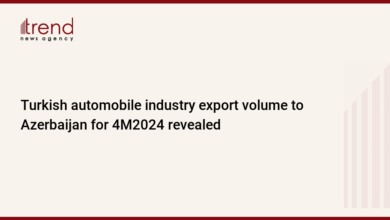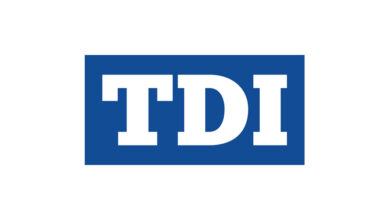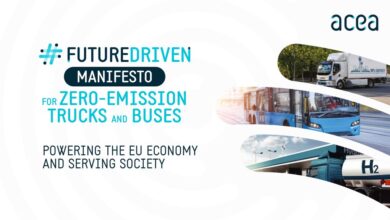EU moves to counter Chinese automobile invasion

After the United States and Türkiye, the European Union also imposed additional taxes on Chinese car manufacturers yesterday, aiming to control the entry of Chinese cars into their countries.
As you may recall, while the United States applied tariffs at 100%, Türkiye implemented them at 40%. Additionally, Türkiye imposed the same tax on Chinese internal combustion engine vehicles.
The European Commission, the executive body of the EU, stated that the initial results of its ongoing investigation into China’s electric vehicle subsidies showed that the country benefited from “unfair subsidies” harming the “value chain” of battery electric vehicles from EU competitors.
What tax policy did the EU implement?
The Commission announced that it would impose additional taxes on the largest three Chinese electric vehicle players in Europe: 17.4% on BYD’s electric vehicles, 20% on Geely’s, and 38.1% on vehicles exported by China’s state-owned company SAIC. Other Chinese manufacturers will face additional customs duties ranging from 21% to 38.1%, on top of the existing 10% tax applied to all imported electric vehicles.
The debatable aspect of the matter is the varying tax rates applied to different brands. Justifying tax rates that vary according to brands will be difficult for the EU.
What is the reality of the situation?
To be honest, the EU imposed tariffs not according to China’s competition-distorting incentive system but rather for manufacturers investing in or planning to invest in within EU borders.
These tariffs aim to attract more investments to continental Europe. That’s why they’re brand-specific.
Both BYD and Geely have significant investments in Europe. BYD has already opened an electric vehicle factory in Hungary and plans to open another facility. Geely, the owner of the Swedish brand Volvo, has begun to shift some vehicle production from China to Belgium.
Finally, China’s SAIC group received the maximum tariff rate of 38.1%. The automaker has a limited footprint on the continent and, despite considering it for about a year, has not yet chosen a location for its first production facility in Europe.
Therefore, it seems that Europe is warning SAIC to establish a facility within Europe or face customs duties.
Which direction is the Türkiye-China relationship heading?
I think Türkiye’s imposition of additional tariffs immediately after Hakan Fidan’s visit to China is a reminder to China of the deadline for investment in Türkiye.
When it comes to China-Türkiye relations, they are making investment decisions as difficult as possible. Despite the decision to invest in Spain, where costs are extremely high, China’s political deliberation has seemingly prevented it from investing in Türkiye, the automotive manufacturing hub, until now. The recent tariffs following the last visit signify this.
Even though Chinese manufacturers have entered the market with over 100,000 units in their first year alone, Türkiye is not likely to view their efforts to see Türkiye solely as an export market in a friendly manner. However, using common sense would benefit both countries in such an investment, although China’s gains are expected to be greater.
In this regard, I sincerely wish you a happy Eid al-Adha and hope that our prayers in Arafat are accepted.



